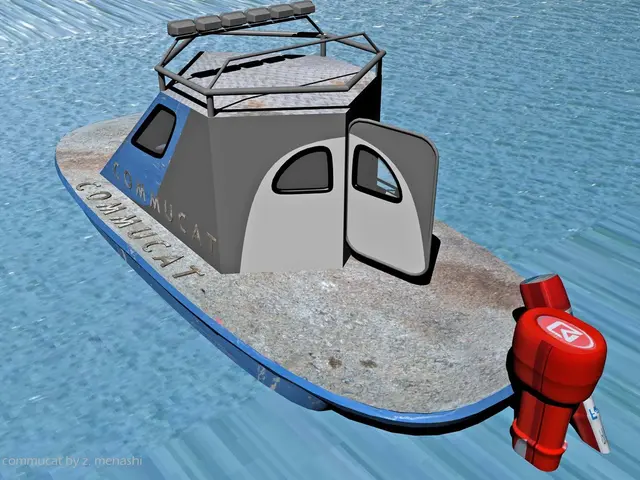Maizuru Port's Role in WWII Repatriation: 660,000 Returned Home
The Japanese port of Maizuru, located in Kyoto Prefecture, played a significant role in the aftermath of World War II. It served as the sole repatriation center, processing nearly 660,000 people between 1945 and 1958. This marked the end of a massive repatriation effort that saw approximately 6.6 million Japanese soldiers, colonial administrators, and other members of the military and occupying forces return home from across Asia and Oceania.
The Maizuru Repatriation Memorial Museum stands today as a testament to this history. It documents the experiences of those who were interned in the post-war Soviet Union and the repatriation process. The story of the Japanese internees extends beyond Japan's borders, with their impact felt in Uzbekistan. Around 25,000 Japanese internees were taken to Uzbekistan, where they worked on various projects, including the construction of the Alisher Navoi Opera and Ballet Theater in Tashkent. Built in 1947, the theater stands as a symbol of their architectural skills and contribution to Uzbekistan's cultural landscape. Today, a plaque commemorating their work can still be found on the outside of the theater. The repatriation process was not swift, with many waiting up to a decade to return to Japan.
The Maizuru Repatriation Memorial Museum serves as a reminder of the scale of the repatriation effort following World War II. The story of the Japanese internees in Uzbekistan, as exemplified by the Navoi Theater, underscores the global impact of this period. Despite the challenges faced, the repatriation process marked a significant step in rebuilding lives and communities after the war.
Read also:
- Inequalities in colorectal cancer among racial groups: Insights and actions for support
- Liver Cancer Treatment Method: Insights into Function, Potential Sidelines, Efficiency
- Medical professionals at St. Remigius Hospital's rear facilities in Alexian
- Boron's Impact on Bone Health and its Connection with Bey (Title omitted)








